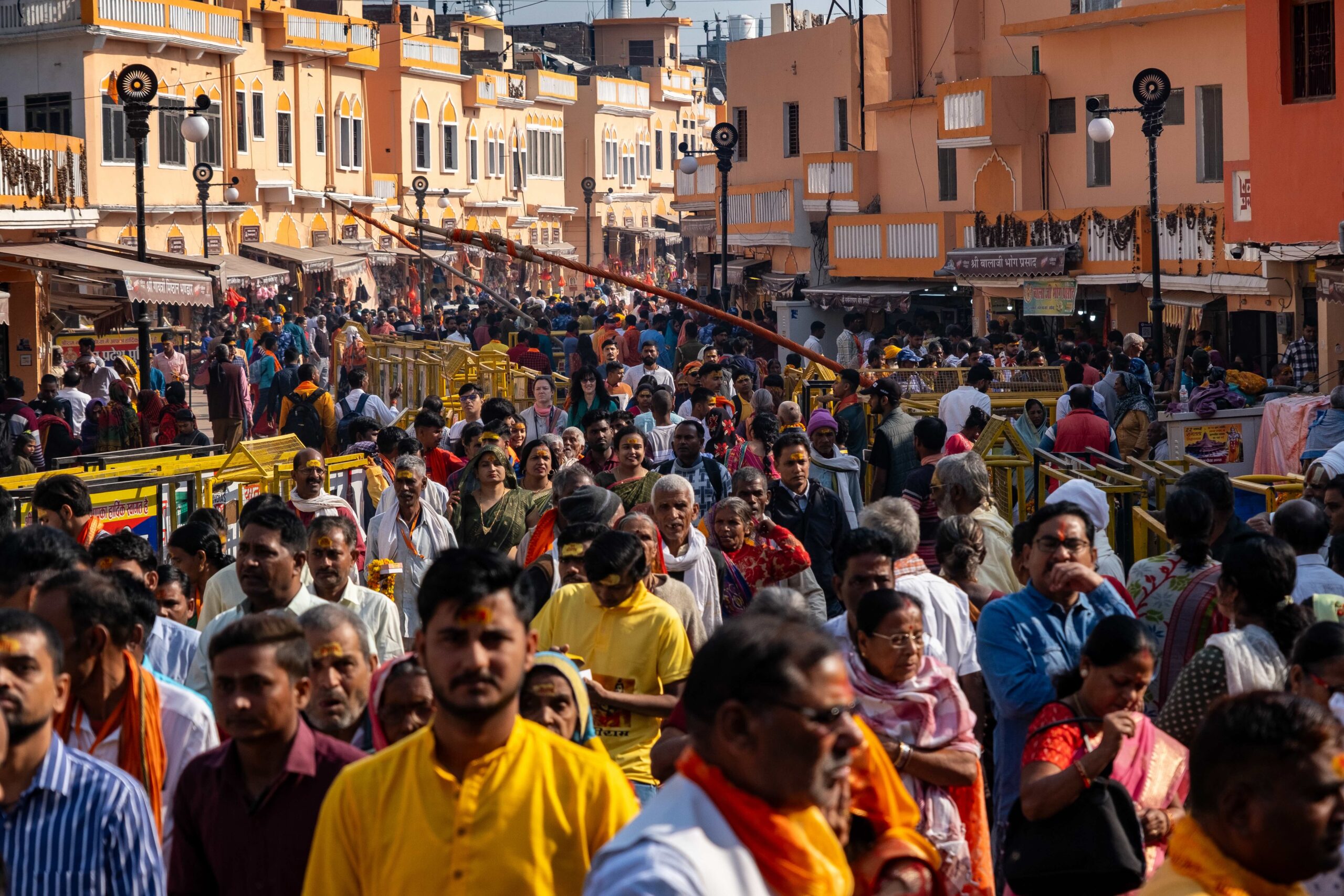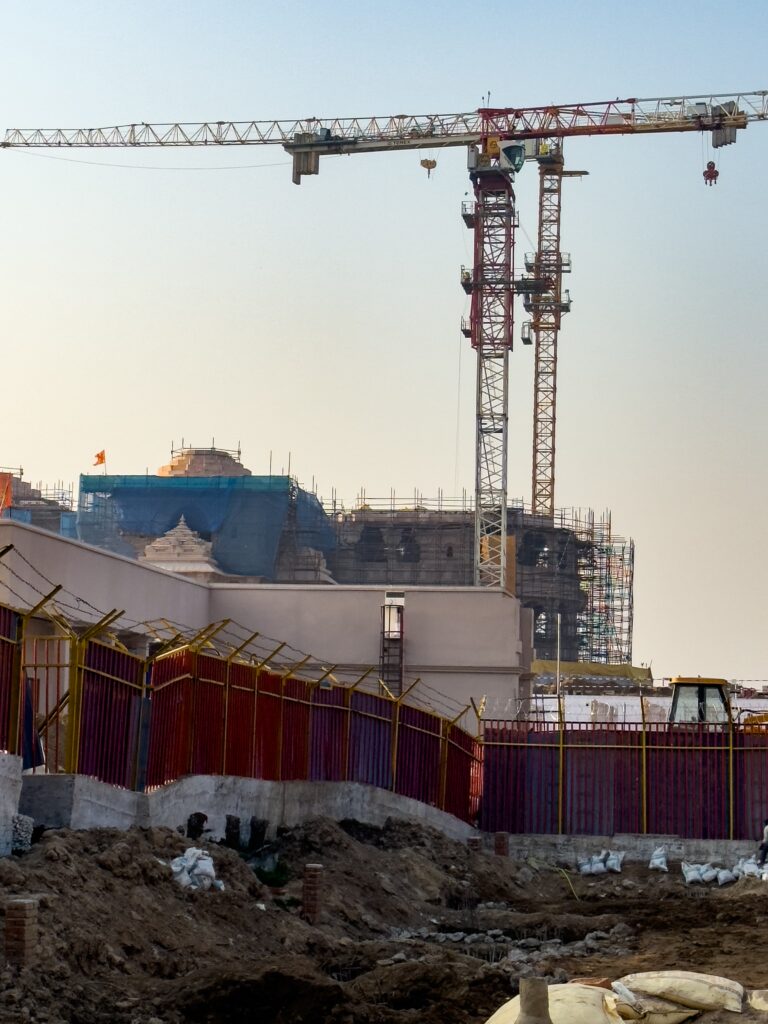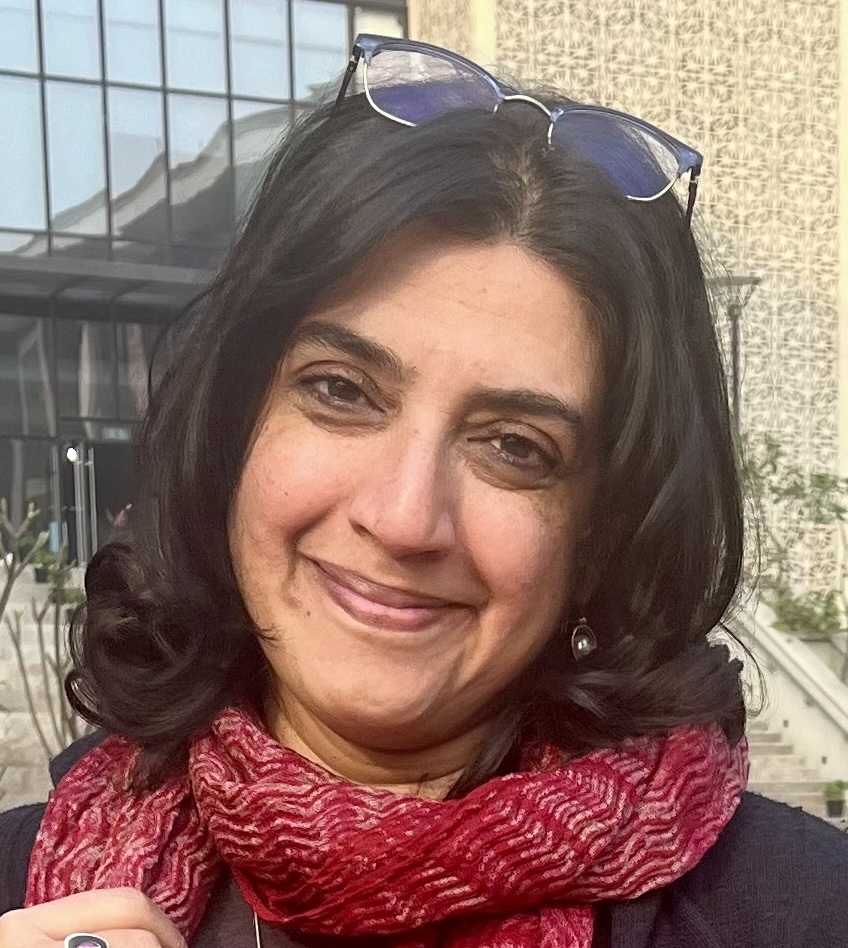
The Unfinished Business of Partition
The Partition of British India in August 1947 yielded two decolonized nations: India, a secular democracy, and Pakistan, a new homeland for the Muslims of South Asia. At 14–15% of the population of independent India, Muslims, numbering a little over 200 million, constitute a minority so large as to rival the populations of Muslim-majority Pakistan and Indonesia.
For the first 50 years after partition and independence, Indians voted consistently to retain the multi-religious plurality of their state, with equal rights for all citizens, and special protections for minorities. But the last quarter century or so since the mid–late 1990s has seen the rise of Hindu nationalist ideology, which seeks to rebuild India as a nation of Hindus. The Bharatiya Janata Party (BJP) has led the movement towards majoritarianism, targeting Muslims with a view toward rendering illegitimate their equal claim to Indian citizenship secured in India’s liberal Constitution of 1950.
Today the BJP has been in power for a decade, winning two consecutive national elections in 2014 and 2019, under the leadership of a populist strongman, Narendra Modi. He and his party are expected to win a third term, as India—the world’s largest democracy—goes to the polls in April and May this year, with almost 970 million registered voters and 2,660 registered political parties contesting elections.
The BJP started out in 1980 as a partisan outfit representing a fringe section of Hindus who were politically rightwing and socially conservative, believed that religious identity should be the basis of nationality, and wanted to carry forward what they perceived as the “unfinished business” of Partition, making India a Hindu counterpart to Muslim Pakistan. They had never bought into the central values of India’s struggle for freedom from British colonialism, principally non-violence and self-rule advocated for by Mahatma Gandhi, the father of the nation, and secularism and pluralism enshrined in the Constitution and practiced by Jawaharlal Nehru, independent India’s immensely loved and universally respected first prime minister from 1947 to 1964.
Such was the resentment among Hindu nationalists about the creation of Pakistan that on January 30, 1948, scarcely six months after independence, a far-right terrorist named Nathuram Godse along with his associates assassinated Mahatma Gandhi at his regular evening prayer meeting. This one act of ideological extremism, while intended to repudiate the Gandhian character of the nationalist movement and brand Pakistan as India’s permanent existential enemy, ironically proved to be suicidal as well. It was enough to send the Hindu Right into the political wilderness for the next 30–35 years.
Starting in 1980 when it was founded, the BJP, in a little over four decades, has built itself up as a behemoth, a seemingly unstoppable force, that now dominates India’s multi-party democracy. In the 2019 election, the BJP captured less than 40% of the vote share but won enough votes to hold 293 out of 543 seats in the Lok Sabha, the lower house of India’s Parliament (and it controls even more seats in alliance with its supporters and subordinates). The goal of the BJP is to redefine the Republic of India as a Hindu Rashtra or Hindu Nation—something that should have happened straight away in 1947, from the Hindu Right’s perspective.
People’s Nation or Ram’s Kingdom?
The BJP’s ascent to occupy centerstage in India has been built around a campaign to spread its core ideology of Hindu nationalism, called Hindutva, which projects Hindus as the original and rightful Indians, and Muslims as the descendants of invaders and proselytizers. Its most potent symbol has been the Hindu deity Ram, an avatar of the god Vishnu. In his human form as the heroic warrior-king of the kingdom of Ayodhya, Ram is the protagonist of the Sanskrit epic Ramayana, authored by the poet Valmiki and popular in different versions across the Indian subcontinent for at least 2000 years.
While the Ramayana as an epic poem has enjoyed a complex and multi-lingual literary career over the past two millennia, reaching every part of India, the BJP has sought to “make Ayodhya great again” so to speak, in a very targeted manner. Ayodhya, Ram’s mythic capital, has been since independence a rather sleepy little town in northern India, in the state of Uttar Pradesh, on the banks of the river Sarayu. While it is considered a holy place of pilgrimage for Hindus, it was never as well-known as the much larger and older city of Varanasi (also called Kashi or Benaras), some 250 kms further south and east down the river Ganga. Ayodhya is associated with the god Ram; Varanasi with the god Shiva.

At the end of the 1980s the BJP began to mobilize public sentiment against a small, historically obscure and architecturally insignificant mosque in Ayodhya, called the Babri Masjid, dated roughly to the reign of Zahir-ud-din Muhammad Babur (1483-1530 CE). Babur was a Chagatai Turk descended from both Timur and Genghis Khan, who established the Mughal Empire in India 500 years ago (r. 1526–30 CE). He ruled from Agra, which is about 500 km west of Ayodhya; it wasn’t until the reign of the fifth Mughal emperor, Shah Jahan, who built the Taj Mahal at Agra, that the capital was moved to Delhi (in 1638 CE).
Hindu nationalists claimed that the Babri mosque in Ayodhya stood exactly where there used to be a temple marking the very birthplace (janma-bhoomi) of Ram in his human form, thousands of years ago, as told in the epic. They demanded the removal of the mosque and its replacement by a temple for Ram (Ram Mandir), with the infant Ram (Ram Lalla) installed therein as the idol for Hindus to worship.
Starting in September 1990, Hindutva leaders mounted a nationwide campaign that culminated in the razing of the Babri Masjid on December 6, 1992 by a mob of several hundred vandals and militants, who literally stormed the building and broke it down. The demolition triggered violence across the country, leaving a trail of destruction, and putting India’s Muslims on notice, though it wasn’t clear at that time what eventual fate awaited them in the future.
The next episode of mass violence against Muslims, much of it gruesome, took place 10 years after the demolition of the Babri Masjid, in Gujarat, in February 2002. At that time the Chief Minister of Gujarat, a large and prosperous state in western India, was Narendra Modi. Gujarat has several important ports on the Arabian Sea to the west of peninsular India, which gave it a flourishing culture of trade and commerce with the Mediterranean world, the Gulf, and East Africa from ancient times.
Historically, many of Gujarat’s wealthy maritime and business communities are composed of Muslims of different denominations. In 2002 the Modi administration appeared to aid and abet what many called a pogrom that left over 1000 dead and more than 2500 injured (according to government figures— actual numbers were much higher), the casualties overwhelmingly Muslim.
The BJP was voted out of power in the 2004 general election; it would take another decade for Modi to come to power as the head of the national government in New Delhi, in May 2014. Modi chose Varanasi as his electoral constituency, since it is the holiest city for Hindus, but he had his sights set on Ayodhya.
Ayodhya, 1992–2024
On January 22, 2024, India’s Prime Minister Narendra Modi performed a brief ritual at a new temple in Ayodhya, Uttar Pradesh, intended to install and infuse with life an idol of the deity Ram, represented as a 5-year-old human child carved out of black granite sourced from the southern state of Karnataka.
In Hindu practice, idols of deities must be ritually “awakened” or “enlivened” before they become active as objects of worship, theologically efficacious and interactively responsive to the prayers of their devotees. As an idol-maker in Tamil Nadu explained to the writer William Dalrymple, it is faith that transforms a mere sculpture into a sacred idol. Crucial in this passage from a lifeless representation to an embodiment of divinity, is the consecration of the idol and the opening of its eyes, which allows not only worshippers to see their god, but more importantly, the living deity to return their gaze. The opportunity for a precious moment of mutual beholding, darshan, is what draws Hindu believers to temples.

The story of Ram’s career on earth, the rama-katha, finds its definitive source in the Sanskrit epic by the classical poet Valmiki, the Ramayana. Ram the prince of Ayodhya goes into a 14 year-long exile on account of a succession struggle in his father’s kingdom, orchestrated by one of his stepmothers who wants her own son to be king. While Ram is wandering in the forest with his beautiful wife Sita and his loyal younger brother Lakshman, the powerful demon Ravan, king of Lanka, abducts Sita and imprisons her in his magnificent fortified capital.
Thereafter the trio return victorious to Ayodhya. But Ram’s deference to public opinion and his moral righteousness make him subject his beloved queen to a fire ordeal to prove that her virtue is intact despite her long captivity in Ravan’s palace. Only after Sita comes through the fire unscathed does he ascend the throne that was always rightfully his, to establish the perfect kingdom (Ram Rajya).
This tale travels all over the subcontinent and beyond, to Southeast Asia; it is told across languages and historical periods; it is attested for over two millennia in a number of versions and variations. Temples dedicated to Ram, as well as depictions of scenes from the Ramayana in temples for other gods like Shiva, have arisen over the centuries, and can be found today almost everywhere in India and overseas where there are Hindus. Ram appears in poetry and painting, music and dance, sculpture and architecture, prayer and pilgrimage, philosophy and theology coming down to us from ancient times.
The idol in Ayodhya is of an innocent Ram Lalla. The child form is key to the significance of the inaugural ritual on January 22, 2024. The temple in which Ram Lalla has been enshrined is supposed to mark the precise birthplace, janma-bhoomi, where the supreme god Vishnu was incarnated as the avatar Ram, prince and eventually sovereign of the kingdom of Ayodhya, in an earlier age of the world.
What distinguishes recent events at Ayodhya in the new Ram Mandir (temple for Ram that is still under construction), with the child deity, called Ram Lalla? What sets the January 22 ritual apart from the temples, idols, narratives and communities of the devout that have been such an integral part of popular faith, literary culture, and sacred architecture for the greater part of India’s recorded history?
In part 2 of this essay, I will explore the ramifications of the history described so far for the political present.


A comprehensive and easy to understand background. I can’t wait to read Part 2!
Very succintly put. Awaiting the books on Sanskrit and Babasaheb.
Before writing such a misleading blog, please check your facts. Renowned archaeologist K.K. Muhammed has clearly stated that the high walls and dome-like structures at the disputed Ram Mandir site do not belong to any Islamic construction, as they include statues—something strictly forbidden in mosques. He also highlighted that the Archaeological Survey of India unearthed idols during their excavation, which date back to the 10th century AD, providing strong evidence of a pre-existing Hindu temple.
Also, if you’re discussing the 2002 Gujarat riots, don’t ignore the incident that triggered the violence—the burning of the Sabarmati Express at Godhra, in which 59 Hindu pilgrims, including women and children, returning from Ayodhya were killed. That horrific act set off a chain of tragic events. Selective storytelling does no justice to the truth or the victims on either side.